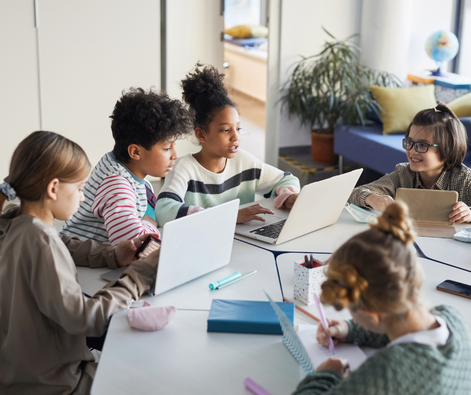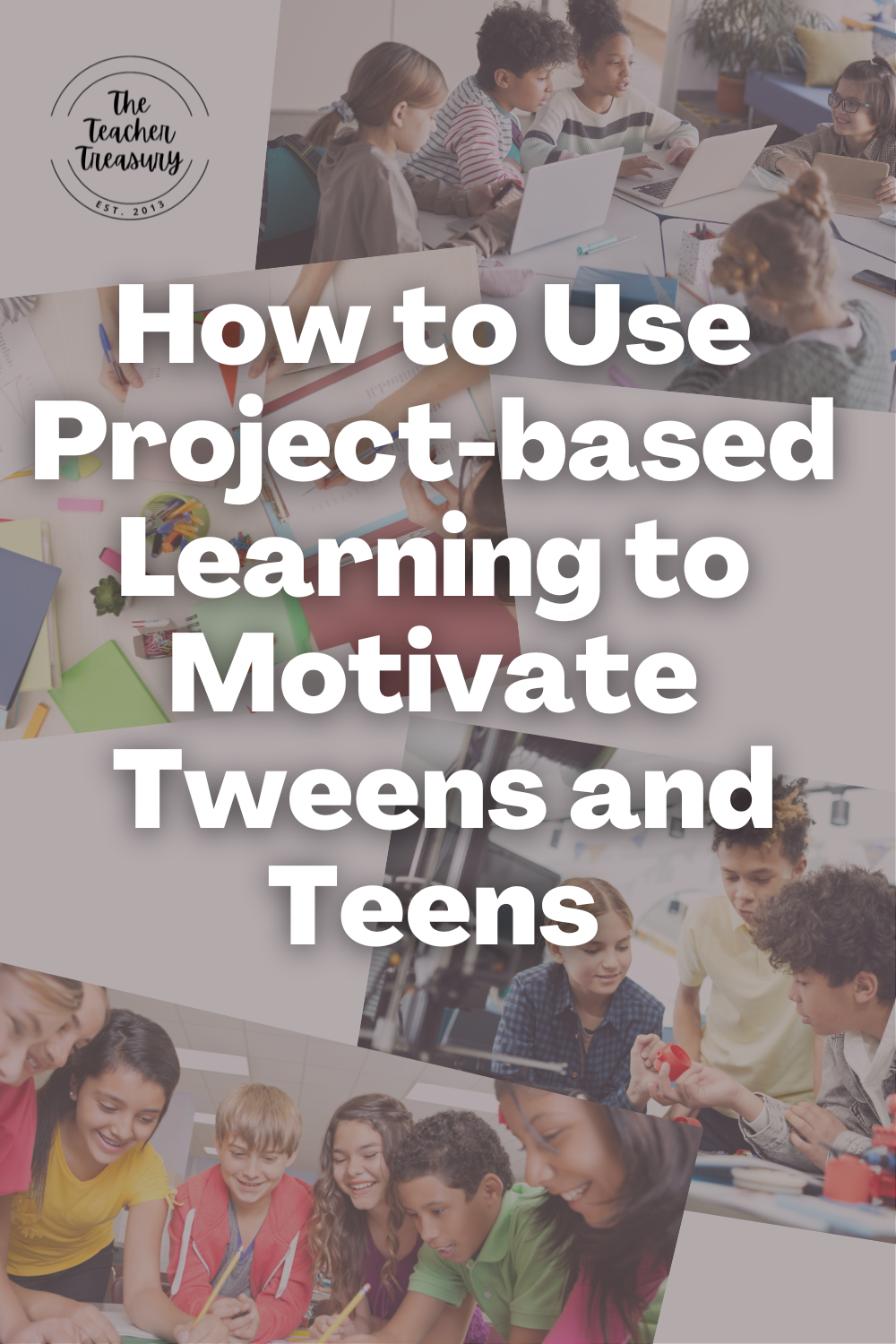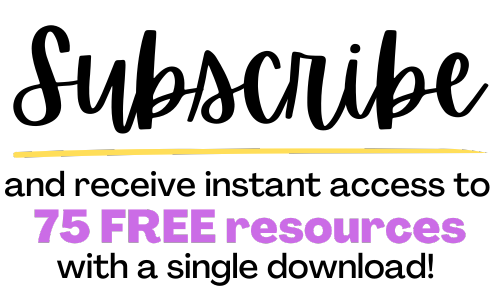|
Guest blog post provided by Jimmie Quick of TruSpark.me There’s a myth that teens are unmotivated and that it’s the job of teachers and parents to motivate them from the outside. This belief pits adults against kids in an adversarial relationship where they use a variety of extrinsic motivators to inspire action: cajoling, threats, bribes, rewards, punishments, consequences, praise, and nagging. While those tactics can manipulate or even enforce compliance, they aren’t actually generating inner motivation within the heart of a child. The longest lasting and most pleasant motivation is intrinsic motivation, coming from within a person. True intrinsic motivation comes from deep within. And the truth is that everyone — yes, even tweens and teens — is motivated. The secret of motivating teens is simply to leverage and tap into the motivation that already exists inside them. This is where project-based learning comes in so perfectly. What is Project-based Learning? Project-based learning is radically different from traditional classroom learning where a student reads a textbook chapter, a teacher lectures, the student writes answers to comprehension questions, and there’s a test on Friday. With project-based learning, students learn various concepts and skills in the context of an extended, open-ended project. Sometimes the students have a say in the specific problem, question, or challenge that they are addressing. But sometimes it is assigned to them. Either way, through the project-based learning process, students identify a solution or formulate an analysis. Along the way, they research, summarize, perform calculations, and leverage other academic skills, with the teacher serving as a resource when needed. There is no anticipated outcome as each project is unique. The focus is on the process and on the learners themselves. As co-authors Blair Lee and Samantha Matalone Cook say in their book Project-Based Learning, “With a captivating reason for participating in the project and the ability to tailor the project to individual skill sets and interests, it is easy to make any project centered around the learner.” When a project is aligned with a student’s inner motivations, that student will come alive with interest and enthusiasm. This is the “captivating reason for participating” — the payoff. Motivation Is Unique to Each Person Let’s circle back to the original premise that everyone is motivated. If that’s true, then why do teens look bored, uninterested, resistant, or reluctant? In short, why do teens often seem unmotivated by school assignments? The answer is that the assignment does not speak to the student’s core motivations. There are core motivations inside each teen, but they may not match what the teacher is asking the child to do. With project-based learning, the student takes ownership and has a say in the purpose of the project and the process to achieve it. The student can design the project to mesh with their core motivations, skills, and interests. Of course, without an understanding of core motivations, this alignment is a hit-or-miss prospect. It’s best when both teacher and student are aware of the teen’s motivations and can articulate them. TruSpark is the tool that unlocks this awareness for grades 7-10. TruSpark Motivations Assessment for Tweens and Teens TruSpark is an web-based app that helps a teen name their top three core motivations out of 19 possibilities in the chart below. After around 15 minutes of composing short personal achievement stories and playing an online card sorting activity, the teen finds out just what sparks their excitement. Of course, they know this deep down but have probably never taken the time to verbalize or label it. TruSpark gives them the vocabulary they need! Based on over 60 years of science, TruSpark is fully personalized for each user; this is not a norm-referenced test that compares your teen to their peers but a unique blend of objective and projective elements. After TruSpark, tweens and teens understand what propels them to act. And then they are better able to accept themselves and advocate for themselves. Whether it’s playing a particular role in a project-based learning group or determining the eventual outcome of the entire project, core motivations add another layer of personalization and relevance for the student. Matching Core Motivations to Project-based Learning Challenges A single challenge question can tap into multiple motivations which is another perk to this type of flexible learning. Here are a few examples of prompts and how teens with different core motivations will be drawn towards the project. Challenge Question: How can arts enhance the lives of the seniors in our community?
Challenge Question: Role-playing new leaders of a nation that previously was a dictatorship, how can we set up and sustain a democracy?
Challenge Question: How can we help immigrants in our community or state acclimate and thrive?
Give your teens the gift of self-awareness and self-acceptance with the TruSpark motivations assessment. Then apply those results to project-based learning for a superior education fueled by natural curiosity and personal initiative. Jimmie Quick is the product lead for TruSpark.me, a story-based motivations assessment for tweens and teens. Before TruSpark, her earlier career path included being a public school educator and then a homeschool mom. Currently an empty nester, Jimmie wishes that TruSpark online assessment and curriculum had been available when raising and teaching her own daughter. Can you share a personal story where project-based learning deeply engaged a student? What was the project, and what motivations did it leverage? How do you think tools like TruSpark can change the way educators and parents understand and support the motivations of tweens and teens? What intrinsic motivations have you observed in the tweens and teens around you, and how do you think project-based learning could tap into these motivations? What are your thoughts on the effectiveness of traditional classroom learning versus project-based learning, especially in motivating students? Please leave your comments below. Your thoughts are always appreciated.
0 Comments
Leave a Reply. |
Good Morning, Ms. Williams!Creating, Blogging & Sharing Educational Resources Categories
All
|




















 RSS Feed
RSS Feed